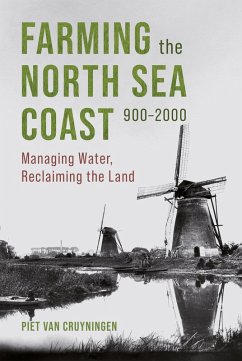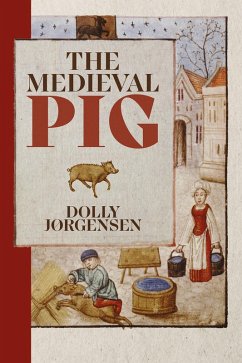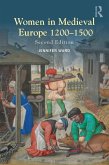"A brilliant and provocative synthesis of a thousand years of coastal farming." Tim Soens, University of Antwerp, Belgium.
The fascinating story of how the North Sea coast has been farmed is ever changing. Long before the industrial revolution, the inhospitable fens and marshes of the low-lying coastal wetlands on both sides of the Sea had been transformed into one of the most productive agricultural regions in Europe. Agriculture in the coastlands reached its apogee during the eighteenth and nineteenth centuries, as is witnessed by the many impressive farm buildings established then. However, more recently, it has become clear that lowland farming and even the physical existence of the lowlands are in jeopardy, owing to rising sea levels and problems of drainage.
This book offers a history of farming and water management on the North Sea coast, assessing the forces driving - and inhibiting - agricultural progress more broadly. It examines the ways in which farmers in the past dealt with the two main constraints on their decision-making: the natural environment and the human environment of institutional rules and customs regulating behaviour. It looks in particular at how setbacks were overcome, and how farming practices were improved which then raised the money with which to finance the maintenance of dykes, canals, and sluices.
The fascinating story of how the North Sea coast has been farmed is ever changing. Long before the industrial revolution, the inhospitable fens and marshes of the low-lying coastal wetlands on both sides of the Sea had been transformed into one of the most productive agricultural regions in Europe. Agriculture in the coastlands reached its apogee during the eighteenth and nineteenth centuries, as is witnessed by the many impressive farm buildings established then. However, more recently, it has become clear that lowland farming and even the physical existence of the lowlands are in jeopardy, owing to rising sea levels and problems of drainage.
This book offers a history of farming and water management on the North Sea coast, assessing the forces driving - and inhibiting - agricultural progress more broadly. It examines the ways in which farmers in the past dealt with the two main constraints on their decision-making: the natural environment and the human environment of institutional rules and customs regulating behaviour. It looks in particular at how setbacks were overcome, and how farming practices were improved which then raised the money with which to finance the maintenance of dykes, canals, and sluices.
Dieser Download kann aus rechtlichen Gründen nur mit Rechnungsadresse in A, D ausgeliefert werden.









